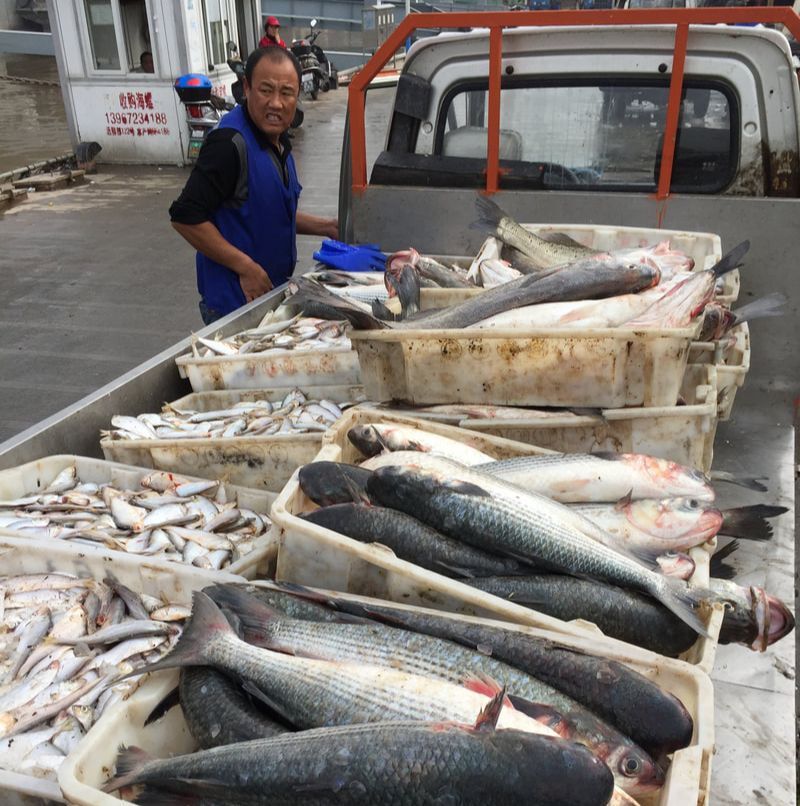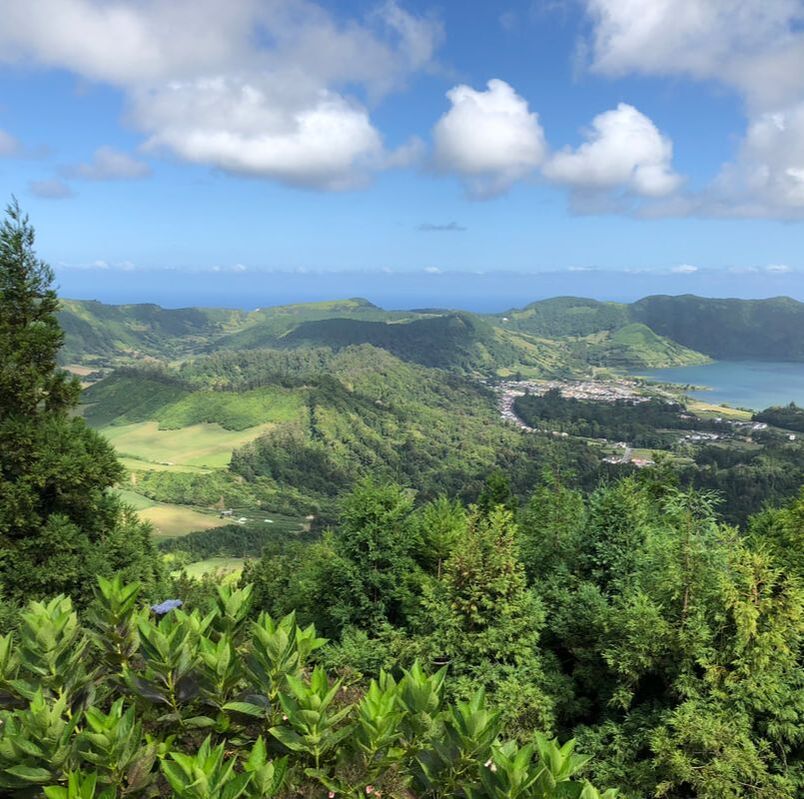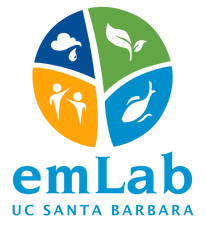Bioeconomics for Conservation Interventions
|
Bioeconomic models can help us understand the behavioral and environmental effects of conservation interventions. These theoretical insights help us distinguish between interventions that have lasting effects and those that are unlikely to solve a problem.
Sample Publications:
"Future of Food from the Sea" (Nature, 2020) "Global Fishery Prospects under Contrasting Management Regimes" (PNAS, 2016) "Self-financed Marine Protected Areas" (Environmental Research Letters, 2021) |
Incomplete Property Rights
|
Establishing property rights changes incentives for long-term stewardship of natural resources. I study how "incomplete" property rights such as limited-duration tenure, the possibility of expropriation, or partial spatial ownership affect natural resource use.
Sample Publications:
"Allow 'Nonuse Rights' to Conserve Natural Resources" (Science, 2021) "Capitalizing Property Rights Insecurity in Natural Resource Assets" (JEEM, 2014) "Partial Enclosure of the Commons" (Journal of Public Economics, 2015) |
Resource Management under Uncertainty
|
Uncertainty plays an important role in the dynamics and management of scarce natural resources. I study how to account for uncertainty in the design of interventions to solve environmental problems.
Sample Publications:
"A Forward-Looking Ricardian Approach: Do Land Markets Capitalize Climate Change Forecasts?" (JEEM, 2018) "Policy Instrument Choice with Coasean Provision of Public Goods" (JAERE, 2022) "Status and Solutions for the World's Unassessed Fisheries" (Science, 2012) |
Research at emLab
|
In addition to the research described above, I am also research director at emLab. emLab develops data-driven insights to better align environmental objectives and economic incentives in support of sustainable livelihoods and a resilient planet. emLab’s “think-and-do” approach is founded on four core principles that are at the heart of every research project: innovative insights, market-based approaches, collaborative research, and real-world impact. emLab generates timely insights into effective and equitable solutions for our four programs: Climate & Energy, Land & Freshwater, Ocean & Fisheries, and People & Poverty.
|
|
For a complete list of publications, please visit my Google Scholar Profile
|





